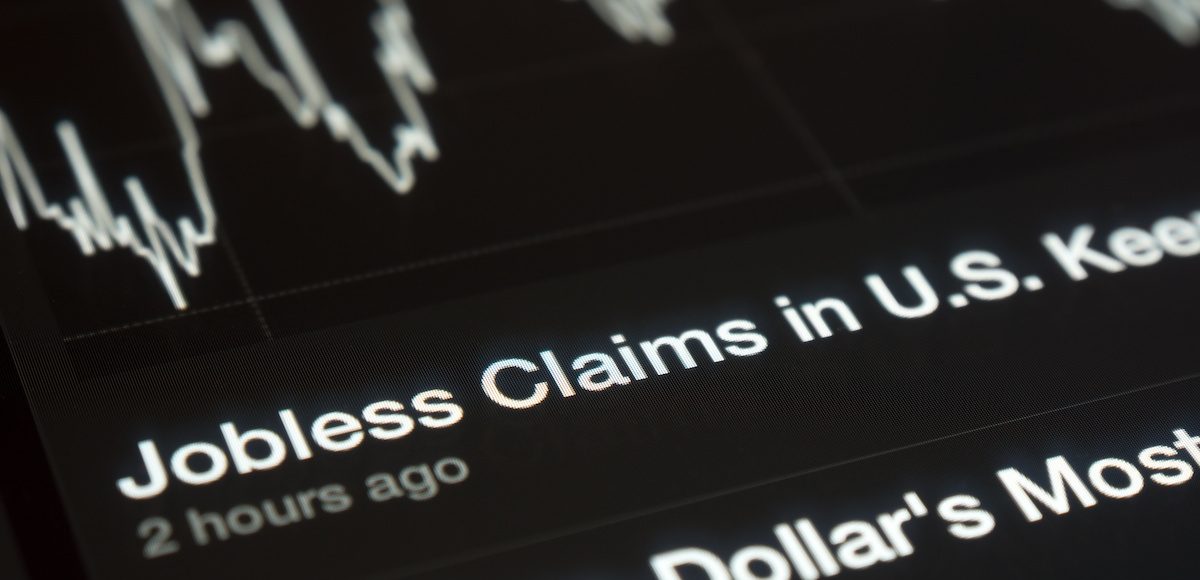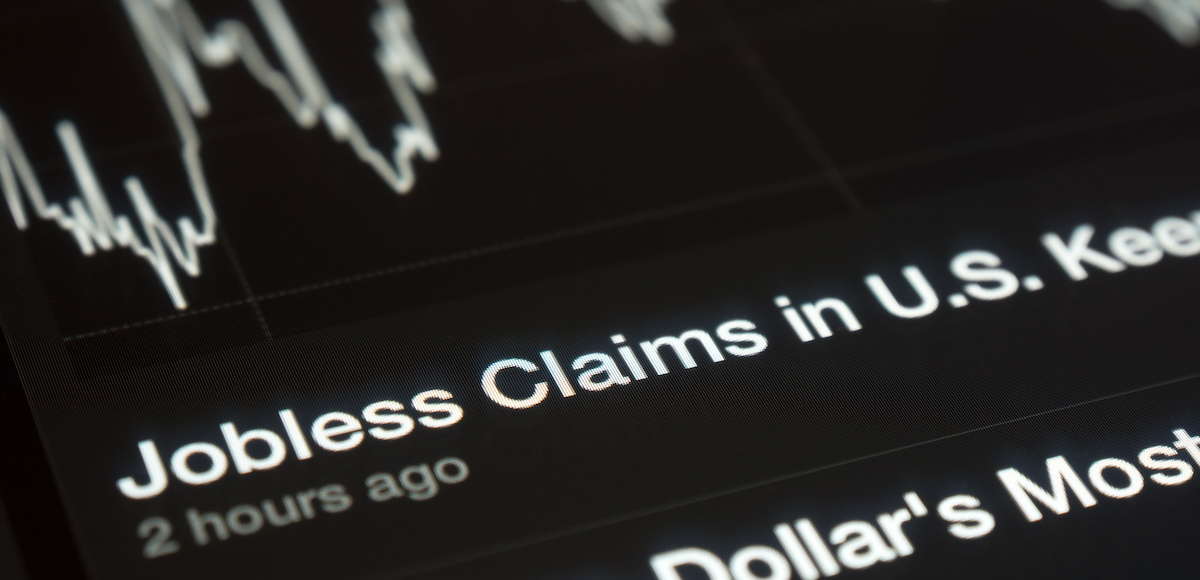

U.S. jobless claims graph on a tablet screen. (Photo: AdobeStock)
The advance figure for seasonally adjusted initial jobless claims was 213,000 for the week ending August 25, a less-than-expected gain of only 3,000. The consensus forecast expected a slightly higher 214,000.
The 4-week moving average — which is widely considered a better gauge, as it irons out volatility — fell 1,500 to 212,250. This is the lowest level for this average since December 13, 1969 when it was 210,750.
The advance seasonally adjusted insured unemployment rate was unchanged at a very low 1.2% for the week ending August 18. The advance number for seasonally adjusted insured unemployment during the week ending August 18 was 1,708,000, a decrease of 20,000 from the previous week’s revised level.
The previous week’s level was revised up 1,000 from 1,727,000 to 1,728,000.
The 4-week moving average was 1,731,250, a decrease of 4,500 from the previous week’s revised average. The previous week’s average was revised up by 250 from 1,735,500 to 1,735,750.
No state was triggered “on” the Extended Benefits program during the week ending August 11.
The highest insured unemployment rates in the week ending August 11 were in New Jersey (2.5), Connecticut (2.2), Pennsylvania (2.1), Puerto Rico (2.1), California (1.9), Rhode Island (1.9), Alaska (1.8), Massachusetts (1.6), the District of Columbia (1.5), Illinois (1.5), New York (1.5), and the Virgin Islands (1.5).
The largest increases in initial claims for the week ending August 18 were in California (+545), New Jersey (+465), Arkansas (+180), North Carolina (+127), and Missouri (+108), while the largest decreases were in Pennsylvania (-965), Georgia (-950), Michigan (-511), South Carolina (-501), and Illinois (-481).





